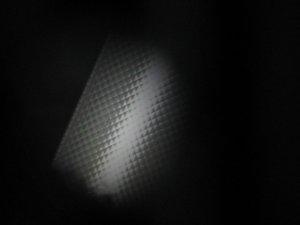.
Sniper called me and we discussed defining various terms.
Sniper''s never called me crazy. That''s what I like about him.
It''s nice to talk to someone who can grasp the difference between the theoretical paper talk to the actual 3D manipulation of this thing call diamond.
Bill Bray
Diamond Cutter
Sniper called me and we discussed defining various terms.
Sniper''s never called me crazy. That''s what I like about him.
It''s nice to talk to someone who can grasp the difference between the theoretical paper talk to the actual 3D manipulation of this thing call diamond.
Bill Bray
Diamond Cutter







300x240.png)